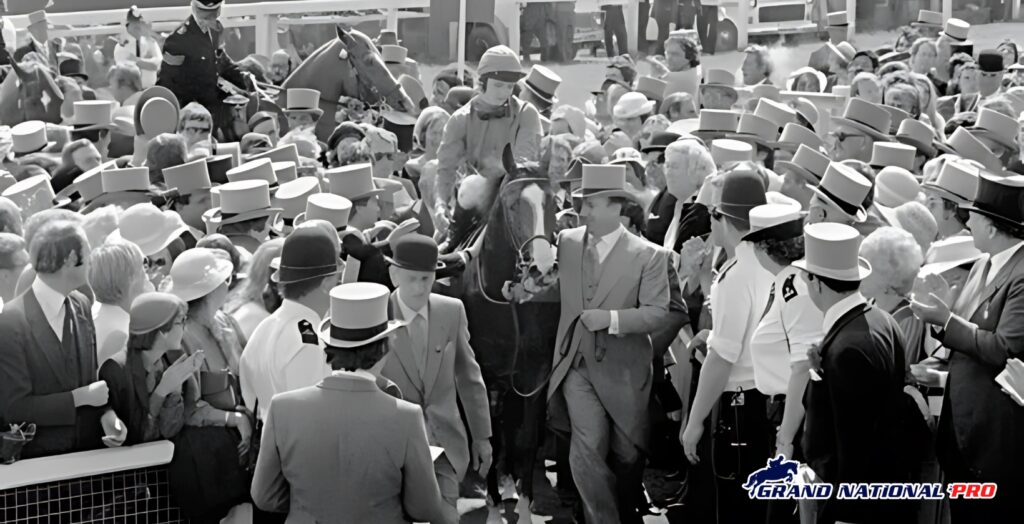Shergar was a majestic figure on the racetrack, captivating the equestrian world with his sensational performance at the 1981 Epsom Derby. His ten-length triumph was a spectacle that left spectators and listeners awestruck. The radio commentator famously quipped, “There’s only one horse in it; you’d need a telescope to see the rest!” Shergar was not merely a horse; he was an embodiment of equine grace and power.
Born into the sprawling world of thoroughbred racing, Shergar had a pedigree that hinted at greatness. From morning workouts that hinted at his potential to his stunning victories, he swiftly rose to racing royalty. Winning the Irish Derby and other significant contests during his racing career only added to his illustrious track record. By the end of 1981, he was retired to a life expected to be as notable at stud as on the tracks.
The Aga Khan IV, famously recognized for his leadership of the Ismaili Muslims and various human endeavors, held Shergar in high esteem. The anticipation was palpable as Shergar prepared to pass on his winning genes, with breeders across continents eager to introduce his lineage into their stables. At $100,000 per service, his earning potential as a stud horse promised staggering figures.
However, fate took a tragic turn in February 1983. Under the cover of night, armed individuals broke the serenity of Ballymany Stud in Newbridge, Ireland. They coerced a groom into guiding them to Shergar’s stable, where they loaded him into a trailer, vanishing into the darkness. Despite extensive searches and investigations, Shergar was never seen again.
The incident sent shockwaves through the racing community, sparking investigations that came up short of definitive answers. Theories and speculations swirled, as did the aura of mystery around the horse’s disappearance. Was it an act of ransom gone awry, or were there deeper motives behind the audacious act?
Shergar’s legacy, albeit shadowed by his disappearance, persists through racing annals. Conversations about historic derby wins often evoke the memory of Shergar’s stride down the Epsom track, a stride that seemed more dance than gallop, embodying the very spirit of competitive racing.
To enthusiasts and historians alike, the story of Shergar remains one of drama, mystery, and the unforeseen intersection of wealth, crime, and sport. While his physical presence is relegated to history, his impact blazes on, etched into the fabric of racing lore.


